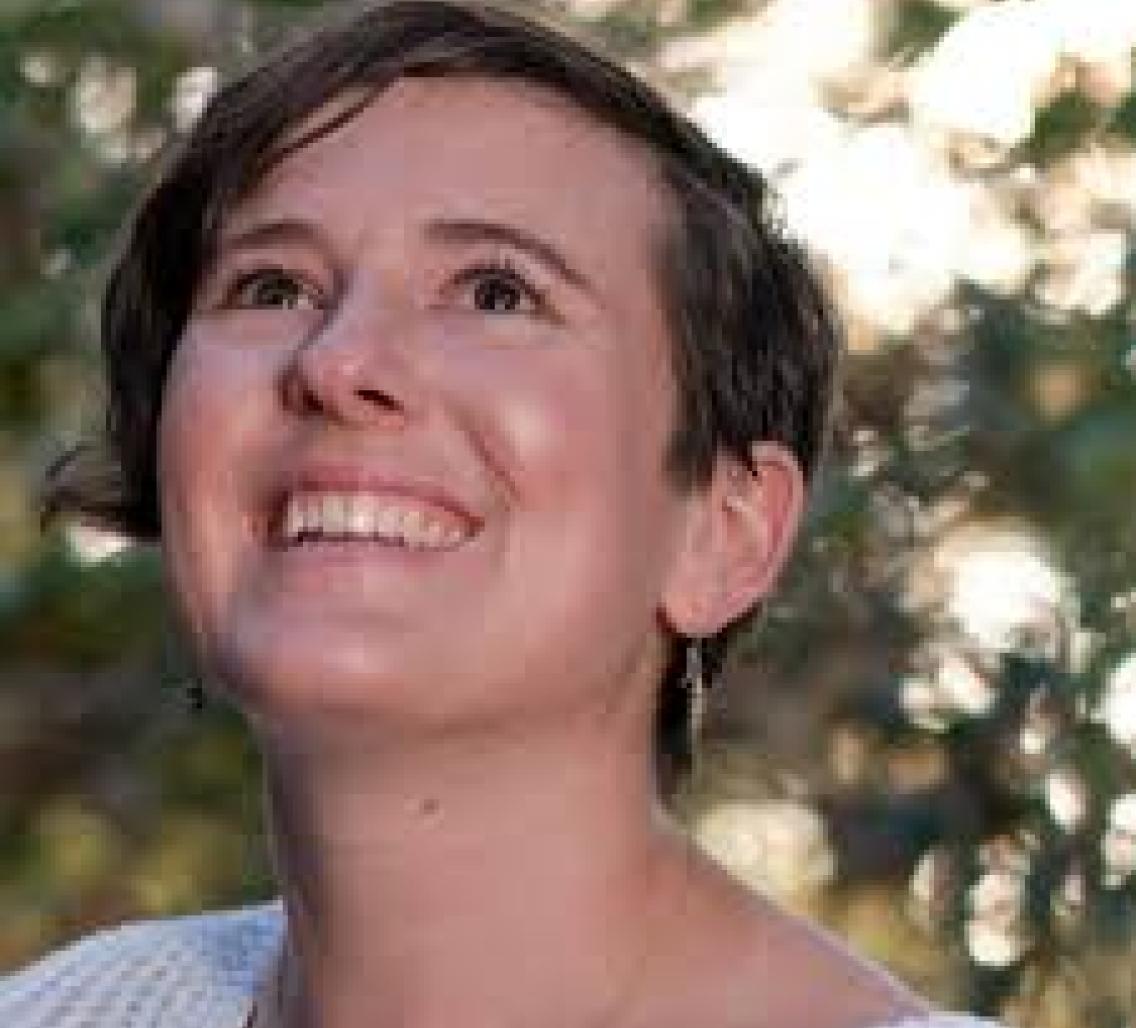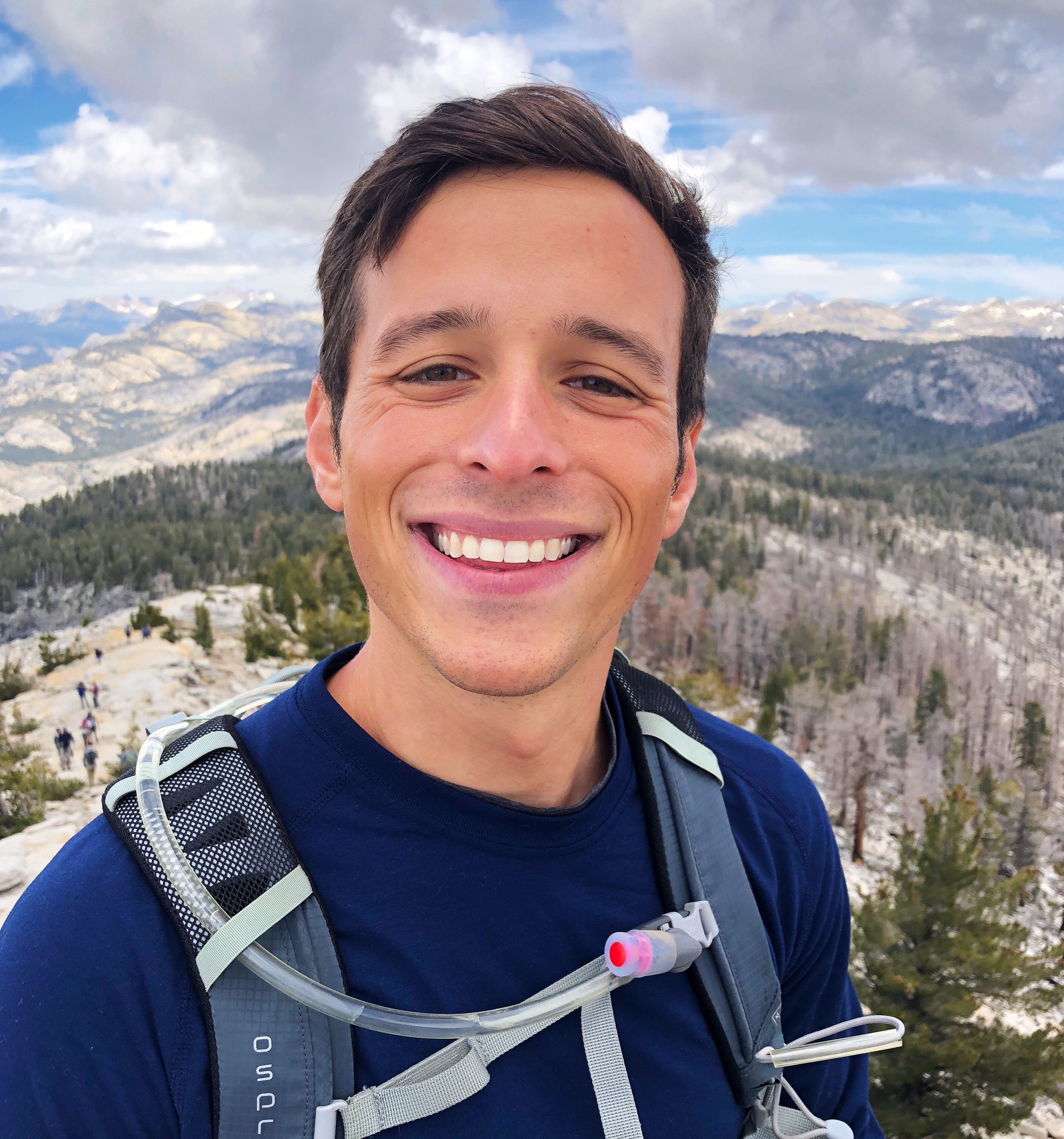Event Details:

Dynamic and reversible remapping of network representations in an unchanging environment
Isabel Low
Mind, Brain, Computation and Technology graduate trainee, Stanford University
Abstract
As animals engage in complex behaviors, they must dynamically integrate the sensory features of their environment with internal factors such as behavioral state. Studies have shown that factors like arousal, satiety, attention, and running speed can all have widespread impacts on cortical processing and can dramatically affect how an animal interacts with its environment. This dynamism presents a challenge to integration centers of the brain, which must balance reliable representations of sensory features with flexible responses to changing internal state. Working in entorhinal cortex, a cortical region that is complex enough to undergo qualitative circuit reorganization yet whose cells display well-defined functional coding properties that clearly correlate with behavior, we investigated this form of coding flexibility in mammalian cortex.
We were surprised to observe spontaneous and abrupt transitions between multiple spatial maps of an unchanging task and environment. These remapping events were synchronized across hundreds of entorhinal neurons and correlated with changes in running speed. While remapping altered spatial coding in individual neurons, we show that features of the environment were statistically preserved at the population-level, enabling simple decoding strategies. These findings provoke a reconsideration of how medial entorhinal cortex dynamically represents space and suggest a remarkable capacity for higher-order cortical circuits to rapidly and substantially reorganize their neural representations.
Eshed Margalit
Navigating cortical maps with topographic artificial neural networks
Eshed Margalit
Mind, Brain, Computation and Technology graduate trainee, Stanford University
Abstract
The primate visual cortex is organized into functional maps, including pinwheel-like arrangements of orientation-selective neurons in primary visual cortex (V1) and patches of category-selective neurons in higher visual cortex. While deep convolutional neural networks (DCNNs) trained for object recognition are strong predictors of neural representations throughout the ventral pathway, they make no predictions regarding many of the characteristic topographic phenomena observed in the brain. In this talk, I will introduce a new model class, topographic DCNNs, that enable comparison to cortical topography by assigning model units spatial positions in a 2D cortical sheet. I will then describe experiments demonstrating that training models with a simple additional constraint can predict cortical maps in both V1 and higher visual cortex.
